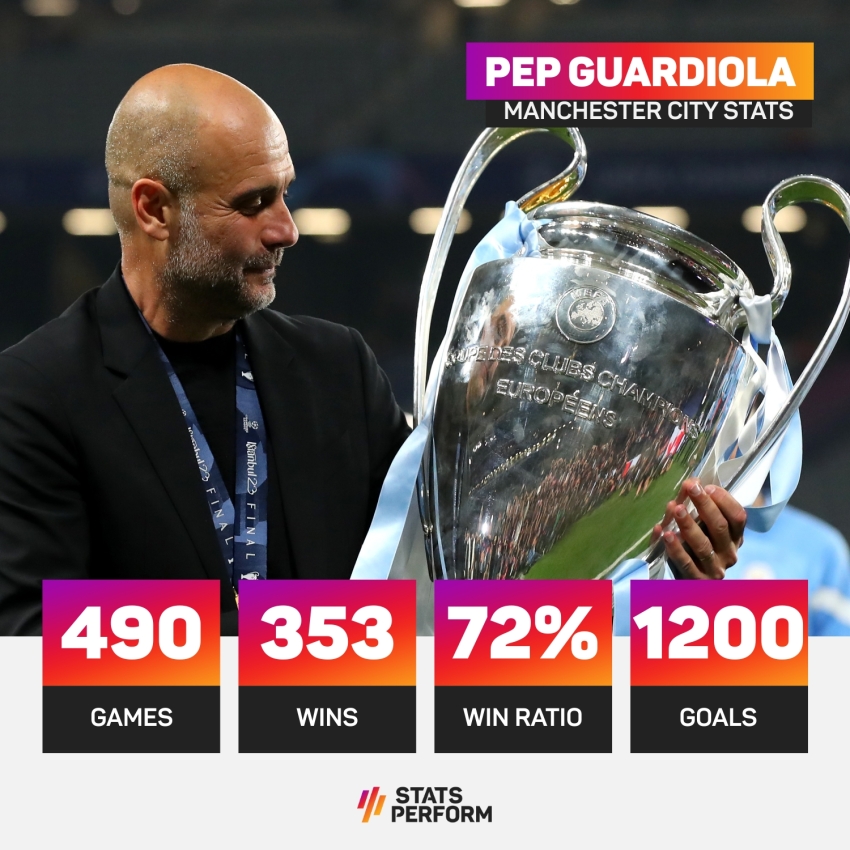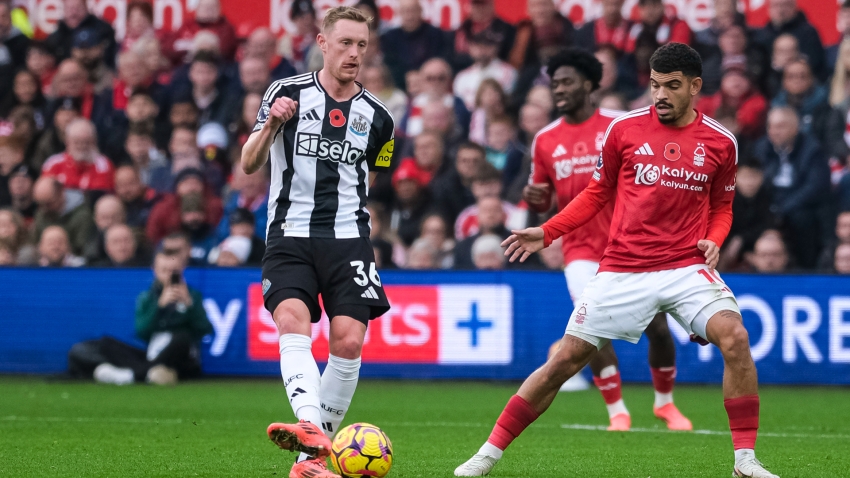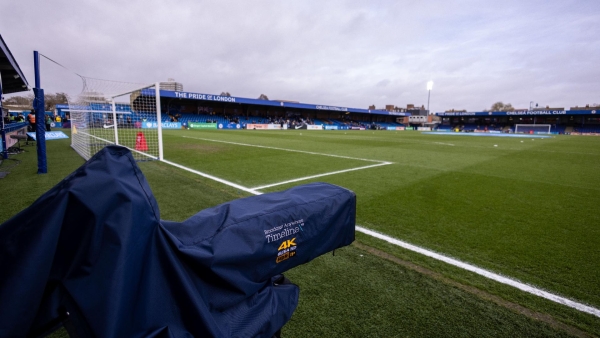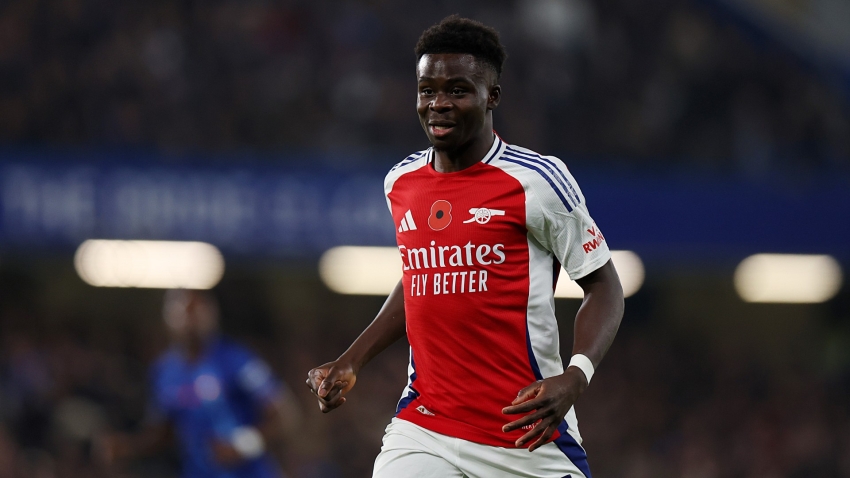Women’s Super League clubs saw aggregate revenues rise by 60 per cent in a record-breaking 2021-22 season, according to new figures published by Deloitte.
Clubs brought in combined revenues of £32million, up from £20million in the previous season, with the increases driven by new commercial and broadcast deals.
The higher revenues helped clubs bring down their aggregate wages-to-revenue ratio from 92 per cent to 78 per cent despite wages rising to a combined total of £25million, up 37 per cent on the previous campaign.
Clubs made an aggregate pre-tax loss of £14million, according to Deloitte’s Annual Review of Football Finance, which will be released in full on Thursday.
From the start of last season, WSL and Women’s Championship clubs enjoyed the fruits of the largest broadcast deal of any professional women’s football league, worth a reported £8million per season.
WSL clubs took a 75 per share and Championship clubs 25 per cent, with an equal fixed amount per club, plus a share based on league position.
Deloitte noted that revenues should continue to rise. A new title sponsorship deal which began this season includes a £30million investment into the WSL and Women’s Championship from 2022-25, while clubs are also benefitting from increased attendance.
Matchday revenues accounted for nearly 10 per cent of WSL clubs’ combined revenues during 2021-22 with an average league attendance of 1,923, but with crowds up by nearly 200 per cent to 5,616 per match in the season just finished, those numbers should increase considerably.
Zoe Burton, director in Deloitte’s Sports Business Group, said: “The women’s game achieved significant leaps in revenue in the 2021/22 season.
“The Lionesses’ success at the UEFA Women’s Euros is pinned as an inflexion point for the popularity of women’s football, so it’s telling that even before this historic win revenues had begun to grow in the Women’s Super League.
“We have already seen new records set for attendance, viewership and the value of commercial partnerships in the 2022/23 season.
“Organisations should not be shy about the commercial opportunities available in women’s football, and we are now reaching the point where clubs can seek to maximise the value associated with the women’s game by unbundling revenue streams to target a unique fanbase.”
Deloitte found that WSL clubs continue to receive significant backing from their wider organisations, with group income accounting for around 40 per cent of revenue across the league. That backing will be used to cover the losses made by WSL clubs.
The range in wage costs across the WSL clubs increased from £2.7million in 2020/21 to £3.6million in 2021/22.






























